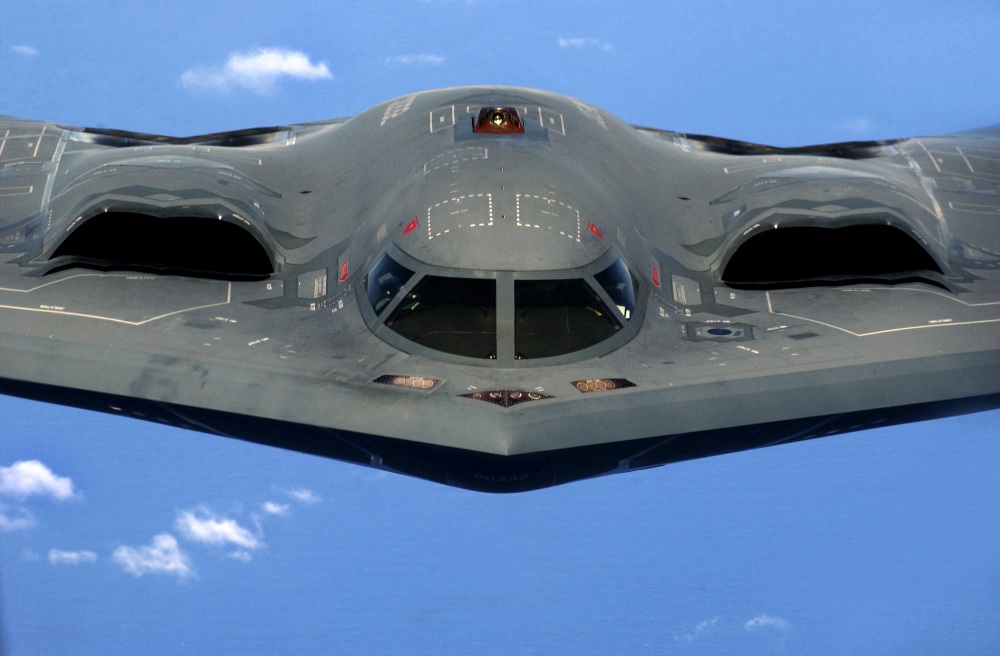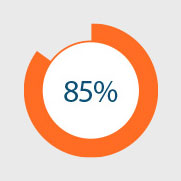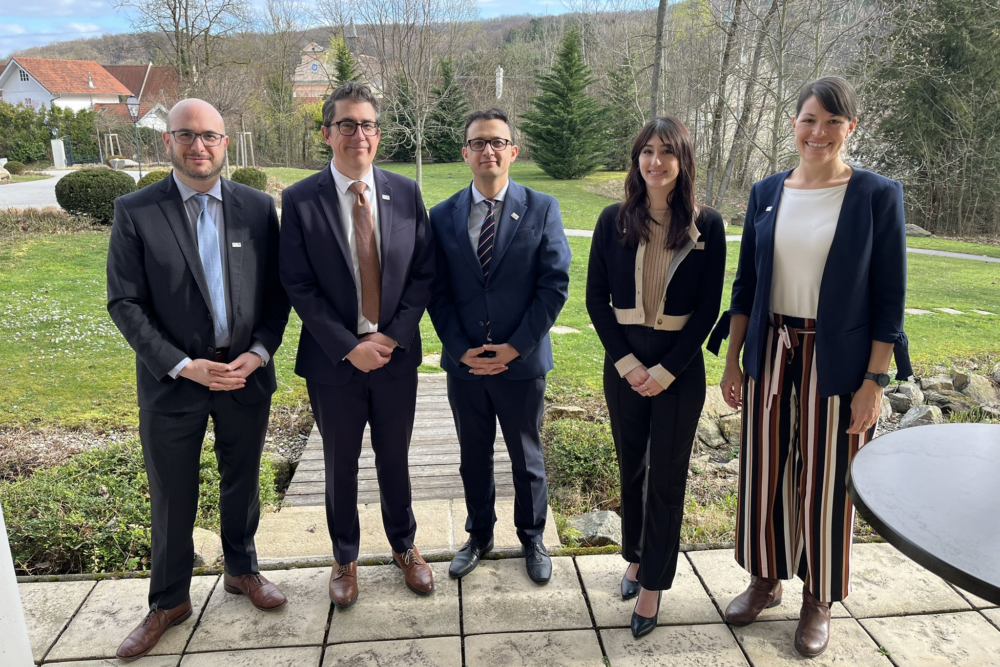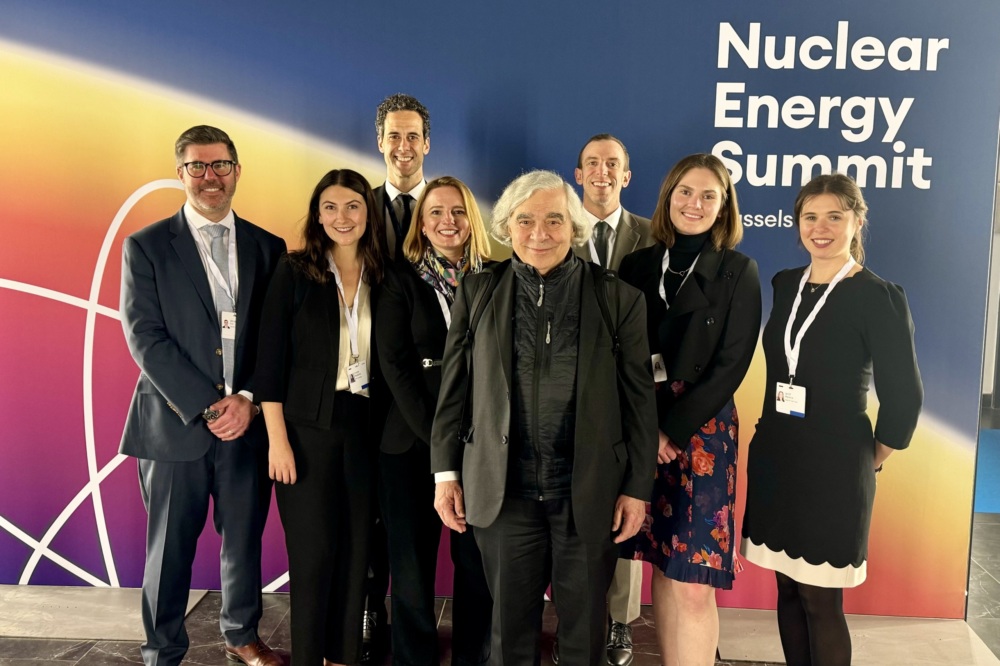
Samantha Neakrase
Senior Director
In a new post for Harvard's Nuclear Security Matters forum, Samantha Pitts-Kiefer describes a key truth about non-state actors wishing to inflict mass casualties: "Terrorists wishing to steal the material needed to build a crude nuclear device care little how that material is characterized; they will go wherever the material is the least secure to obtain it."
A common misconception is that weapons-usable nuclear materials classified as "military" are most secure than civilian materials. These military materials–comprising 85 percent of the global weapons-usable nuclear material inventory–are also susceptible to theft. "If an 84-year-old nun can break into the Y-12 facility in Oak Ridge, Tennessee—considered the most secure nuclear facility housing military materials in the United States—what could a group of armed terrorists, aided by a complicit or unwitting insider, do?" asks Pitts-Kiefer.
Read the piece for steps states can take to secure military materials.
Sign up for our newsletter to get the latest on nuclear and biological threats.
A new international study group tackles the 85 percent of materials outside of international security mechanisms.
During the 17th meeting of the Global Dialogue, participants developed plans to ensure successful outcomes at ICONS and leverage that momentum to reinvigorate nuclear security internationally.
NTI advanced key principles from a recent report that outlines pathways for the responsible, sustainable, and effective development of new nuclear projects and industries in embarking countries.



